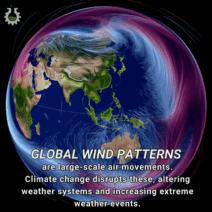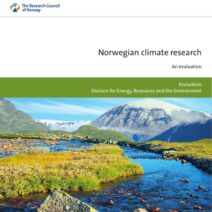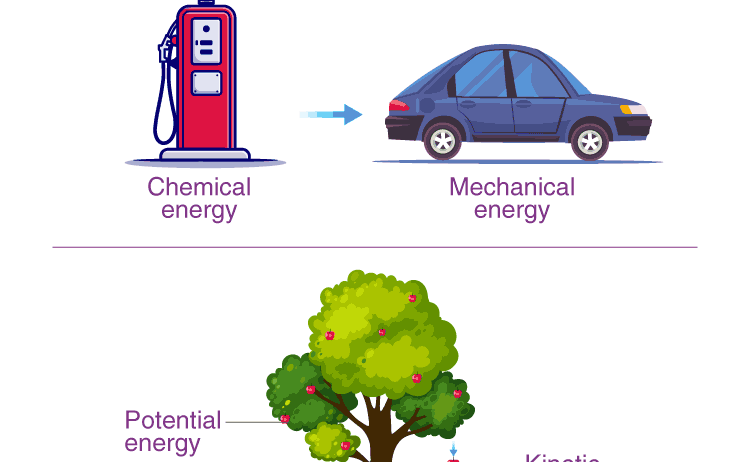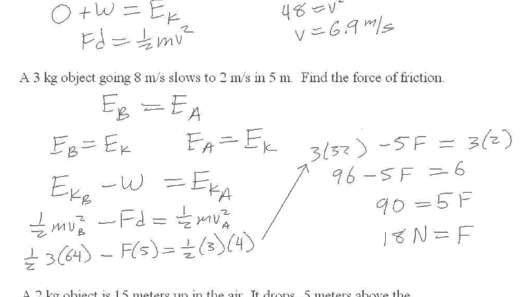In the realm of physical sciences, the Law of Conservation of Energy and Matter stands as a cornerstone principle, asserting that energy and matter can neither be created nor destroyed; rather, they can merely transform from one form to another. This simple yet profound idea fundamentally shapes our understanding of the universe, underpinning various natural phenomena and technological advancements. But what does it truly mean to conserve energy and matter in the complex tapestry of ecological interactions? What implications does this have for our planet’s future?
To contextualize this concept, one might ponder: if everything we utilize—everything we see, touch, or consume—was once part of another whole element, how can we continue to thrive within our ecosystems without exhausting these finite resources? This inquiry compels us to examine our practices and philosophies regarding sustainability and conservation.
The etymology of energy can be traced back to the Greek words “energeia,” meaning activity or operation, while matter originates from the Latin “materia,” implying the substance of which things are made. Together, these elements compose the physical universe, continually engaging in intricate processes that uphold the delicate equilibrium of our ecosystems.
The Law of Conservation postulates that all energy and matter within a closed system will remain constant, albeit subject to transformation. Consider the fuel that powers our vehicles: it serves as chemical energy, which is converted into kinetic energy, allowing movement. Notably, during this transition, energy is not obliterated; rather, some is transformed into heat, dissipating into the surroundings. This interplay of forces demonstrates the intrinsic interconnectedness of energy forms and highlights a pivotal challenge: our reliance on fossil fuels for transportation. How can we mitigate the environmental repercussions of such transformations while still reaping their benefits?
As we delve deeper into the significance of conservation, one must realize the staggering implications our consumption patterns have on natural resources. When examining matter conservation, take into account the lifecycle of plastics. These synthetic materials, derived from petrochemicals, take hundreds of years to decompose. As they accumulate in the environment, they disrupt ecosystems, harboring toxins and posing hazards to wildlife. This pivotal challenge begs the question: Are we, as stewards of the Earth, utilizing matter responsibly?
Examining the Law of Conservation reveals far-reaching implications for energy generation and consumption. Renewable energy sources, such as solar and wind, exemplify a hopeful pivot from traditional fossil fuels. Here, energy from the sun or wind is harnessed, transforming it into electricity. This shift embodies a conscious effort to align our energy demands with the principles of conservation. Yet, as we explore these new territories, we must confront underlying challenges regarding accessibility, technology, and infrastructure. How do we balance the benefits of renewable energy with the need for immediate solutions in energy consumption?
Furthermore, the concept of efficiency emerges as a crucial consideration in energy conservation. Energy-efficient technologies, such as LED lighting and high-efficiency appliances, epitomize the application of conservation laws. By reducing energy wastage, we effectively prolong the availability of resources. However, many societies still grapple with the inertia of outdated systems and consumer habits. This presents a formidable challenge: how can we inspire transformative changes in a world entrenched in convenience-driven consumption?
The implications of the Law of Conservation also extend to climate change—a pressing global concern exacerbated by the mismanagement of energy and matter. As greenhouse gas emissions continuously alter our atmospheric composition, it raises pertinent questions about our responsibility to future generations. The effects of climate change are evident: rising sea levels, extreme weather events, and biodiversity loss underscore the urgent need for collective action. How can society foster an understanding of energy conservation as an essential contributor to climate solutions?
Engagement with the community plays a critical role in fostering environmental consciousness around conservation. Educational initiatives aimed at understanding the symbiotic relationships between energy, matter, and conservation are invaluable. Students, educators, and local organizations can come together to promote resource efficiency—a concept rooted in the laws of physics yet accessible to all. A communal approach showcases how small, collective actions can lead to significant systemic changes. Ultimately, the challenge lies in galvanizing public interest and mobilizing action in pursuit of sustainability.
In conclusion, the Law of Conservation of Energy and Matter encapsulates the profound interconnectedness of our universe, urging us to reflect critically on our relationship with the resources we consume. The playful question posed earlier—how can we thrive without exhausting our ecosystem?—demands thoughtful exploration and innovative solutions. As stewards of the Earth, we must continue to advocate for responsible consumption, renewable energy, and communal engagement towards conservation. The intricate web of energy and matter is not simply a fundamental principle of science; it is an appeal to our moral duty to sustain the delicate balance of our planet for generations to come.






